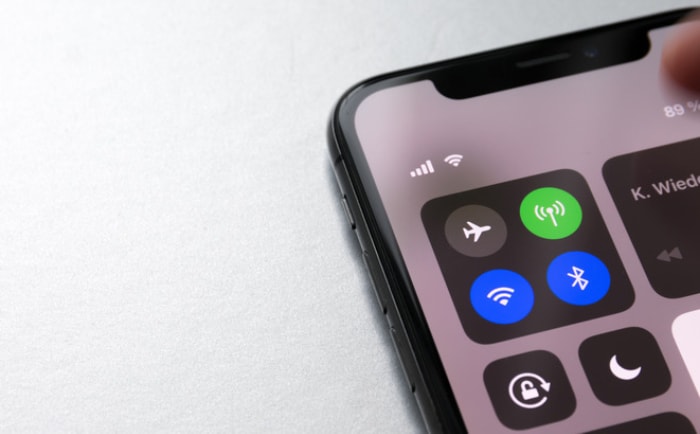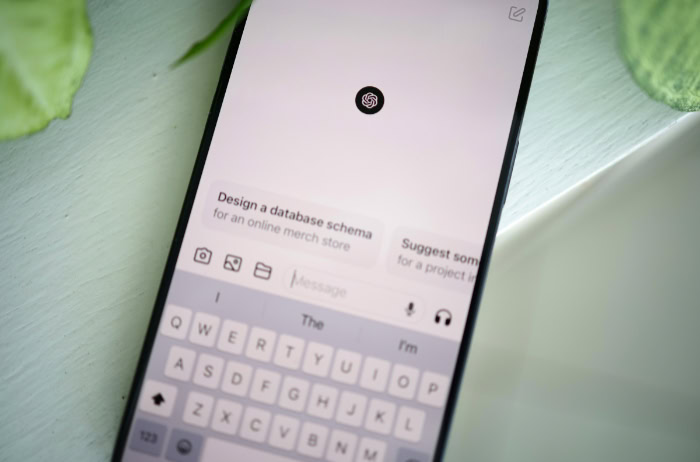What Is Screen Recording? Capturing the Digital Canvas

Capturing what happens on your screen has become an essential skill for students, educators, professionals, and content creators alike. Screen recording empowers people to share knowledge, provide step-by-step guidance, and showcase digital workflows without complicated technology.
From recording a quick explainer video for a colleague to producing comprehensive tutorials for a global audience, screen recording streamlines communication and makes complex processes easy to understand. With just a few clicks, you can document, teach, or troubleshoot efficiently.
Definition and Core Functionality
Screen recording enables users to capture everything happening on their display, transforming screen activity into digital video content. The process involves more than just recording what is visible; it also captures audio, cursor movements, and user interactions.
As a result, viewers experience a clear and detailed representation of the original activity, making it easy to follow instructions or observe workflows in real time.
Screen recording tools typically provide options to include system audio, microphone narrations, and even webcam footage. This flexibility allows users to produce presentations, tutorials, or walkthroughs with added commentary or personal touch.
Annotations, such as arrows, highlights, or text, can also be layered onto the recording to emphasize certain actions or clarify complex steps.
How It Works
Modern screen recording software operates by continuously monitoring the screen’s output and encoding these visuals into a video file in real time. Each click, scroll, or action performed is recorded as it happens, providing an exact reproduction of the user’s activity.
Many tools also allow users to record their voice or even synchronize webcam video alongside the screen recording, adding a layer of personal engagement or explanation.
It is also common for creators to utilize features such as annotation tools, allowing them to draw attention to specific parts of the screen, insert notes, or highlight important areas. This is particularly useful for instructional videos, making complex procedures easily understandable.
Common Formats
Once the recording is complete, the software saves the file in popular multimedia formats. MP4 and MOV are widely used for their compatibility and high-quality playback across various devices and platforms.
For shorter clips or animations, GIFs offer a lightweight and easily shareable option. The choice of format depends on the intended use, required quality, and file size considerations, ensuring users can effortlessly distribute or integrate their recordings into different applications.
Primary Applications

Screen recording shines across a variety of fields, making it a versatile tool for communication, training, and analysis. Individuals and organizations alike rely on its ability to capture and share visual information in ways that written instructions or static screenshots simply cannot match.
From classrooms and conference rooms to marketing teams and research labs, screen recording streamlines processes and brings clarity to complex tasks.
Education
Teachers and students often utilize screen recording to enhance the learning experience. Creating tutorials makes it easy for educators to break down complicated topics into digestible visual steps.
Teachers can record entire lessons or specific demonstrations, ensuring students have access to the material anytime they need a refresher. In virtual classrooms, screen recording helps document live sessions, enabling students to revisit key points or catch up on missed content.
Students, too, may use screen recording to present projects, explain their reasoning, or collaborate on assignments.
Business
Within the corporate world, screen recording has become standard for employee training and process documentation. Organizations rely on recorded walkthroughs to guide new hires and ensure consistency in best practices.
Instead of repeating complex procedures for each team member, a single recording can be shared universally, saving time and creating a lasting reference. For process documentation, screen recordings add clarity and visual context, reducing miscommunication and making it easy to pinpoint areas for improvement.
Marketing
Marketing departments often turn to screen recording for producing product demonstrations and collecting customer testimonials. Product demos give potential users a realistic, visual sense of how software or digital tools operate.
These recordings allow marketers to showcase features, highlight benefits, and explain value propositions in a clear, engaging manner. Capturing customer testimonials through screen recordings adds an authentic, personal touch, further building trust and credibility.
User Research
Researchers use screen recordings to better analyze how people interact with software or digital products. Usability testing sessions can be recorded to observe user behavior, identify obstacles, and gather real, actionable insights.
By capturing every click, scroll, and hesitation, researchers gain a deeper perspective on the user experience, helping developers refine products and ensure smoother navigation. Screen recordings also support behavior analysis, allowing teams to spot trends and make informed decisions for future updates or redesigns.
Key Benefits
Screen recording offers a range of advantages that make it an appealing solution for communication, training, and collaboration. Visual storytelling streamlines the delivery of information while ensuring everyone stays on the same page, no matter their role or location.
As more people use digital tools, screen recording continues to help simplify complex processes, save resources, and provide deeper insights into user behavior.
Enhanced Communication
Visual content has a unique ability to clarify even the most complicated topics. With screen recording, instructions become far more accessible since viewers can watch every step unfold in real time, complete with audio commentary or on-screen notes.
Explaining technical procedures or demonstrating software features becomes much easier when people can see exactly how something is done. This direct approach reduces misunderstandings and allows teams or students to grasp concepts more quickly.
Cost-Effectiveness
Producing clear instructional materials or engaging presentations often used to require expensive equipment or professional production teams. Screen recording offers a practical alternative, allowing anyone with a computer or mobile device to create high-quality videos without investing in specialized tools.
User-friendly software solutions make it possible to record, edit, and share content with minimal cost, opening up professional-quality communication to individuals and organizations of all sizes.
Flexibility
Learning and collaboration have never been more accessible. With screen recordings available on demand, users can pause, rewind, or replay content as needed, adapting learning to their own pace.
Busy professionals can catch up on missed meetings, while learners benefit from being able to review instructions multiple times. The flexibility of screen recording fits perfectly with remote work and distributed teams, encouraging self-paced learning and effortless knowledge sharing.
Challenges and Mitigation Strategies

While screen recording offers remarkable benefits for communication, learning, and productivity, it also presents several challenges that users and organizations must address. Privacy, technical constraints, and ethical issues can all arise during the recording or sharing of digital content.
Privacy Risks
Recording a screen can sometimes capture sensitive information, including personal data, confidential files, or private messages. If access to these recordings falls into the wrong hands, unintentional data exposure may occur.
Organizations and individuals can protect their content by using robust encryption methods for stored and shared recordings. Implementing strong consent protocols is also essential; informing everyone involved about the recording and obtaining clear agreement before capturing any session maintains transparency and builds trust.
Technical Limitations
Video files, especially those that record high-resolution screens or lengthy sessions, can consume a significant amount of storage space. Devices with limited local storage may struggle to handle multiple or extended recordings.
Cloud storage solutions offer an answer, providing scalable capacity and secure backup for valuable content. Cloud platforms also support remote access and sharing, further enhancing the practicality of screen recording for remote teams or global audiences.
Ethical Considerations
Recording any digital activity requires a careful approach to ethics and legal compliance. Data protection and privacy laws, such as the General Data Protection Regulation (GDPR) in Europe, set strict standards for how personal information is collected, stored, and shared.
Organizations must establish clear policies and training to ensure recordings respect these laws and uphold the rights of all parties involved. Transparent communication, secure handling of files, and prompt deletion of unnecessary content all contribute to a more ethical screen recording practice.
Conclusion
Screen recording has earned its place as a practical and powerful tool across education, business, marketing, and user research. Capturing and sharing digital activity in real time helps people communicate ideas more clearly, train teams efficiently, and gather valuable insights with ease.
Effective screen recording not only streamlines workflows but also makes learning and collaboration more accessible for everyone.
Selecting the right screen recording tools is essential for getting the best results. Consider your specific needs, whether you require advanced annotation features, multi-device compatibility, or secure cloud storage.
By matching your goals with the right software, you can fully leverage the benefits of screen recording and make your daily tasks both simpler and more productive.


